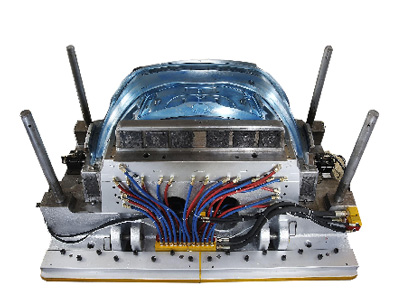How to choose the heating medium in the injection mold? […]
How to choose the heating medium in the injection mold?
Hot and cold water is a commonly used cooling medium in hot and cold forming, but manufacturers have many options when choosing the appropriate heating medium. But the main criterion is still the temperature of the injection mold surface.

Option 1: Hot water
Hot water as a heating medium usually requires the least equipment investment. In most cases, no modification is required in the mold design. The cooling channels present in the mold are often used to circulate hot water, so that the temperature of the cavity reaches the desired level. Using hot water as the heating medium is a very simple and low-cost option.
Option 2: Hot oil
The main advantage of hot oil as a heating medium is its high heat transfer capacity. The oil can be heated to 320 ° C or 608 ° F and is suitable for special polymers such as PEEK or high-carbon polymers. It is relatively easy to implement and the equipment cost is relatively low. Although the existing cooling channels in the mold can be used for the oil circulation in the development stage or prototype, the production of molds requires special heating and cooling channels, so it is necessary to make certain modifications to the mold.
Option 3: Steam
Among all available technologies, steam heating takes a long time to practice, providing the most economic benefit for most applications, especially in the production of large-volume parts. The heat energy transported by steam is more than 6 times that of water and 18 times that of oil, so the total cycle time is much faster than other liquid media. The achievable temperature is slightly higher than that achieved with water.
Alternative 4: Induction heating
As a heating medium, electromagnetic induction is the latest development of hot / cold forming technology. This technology allows precise control of the temperature, temperature changes, extremely fast temperature cycles and relatively high maximum temperatures (> 200 ° C, 400 ° F) of different parts of the mold cavity.

Add: No.9 Hengtai Road, Tinghu Economic Development Zone, Yancheng City, Jiangsu, China
Tel: 0086-515-89806501
Fax: 0086-515-89806502
E-mail: [email protected]

 TOP
TOP